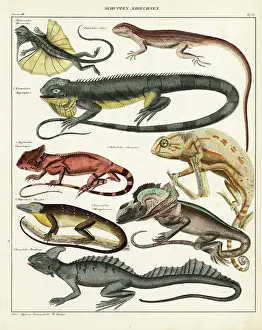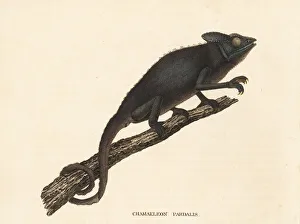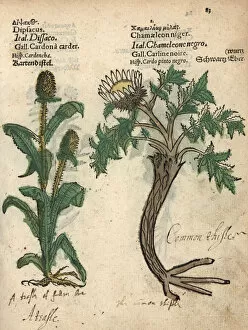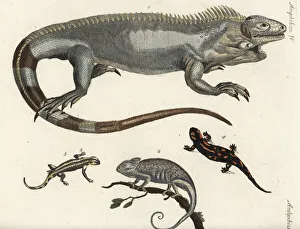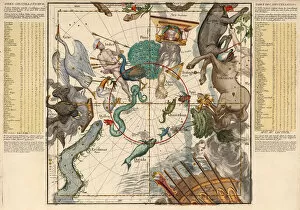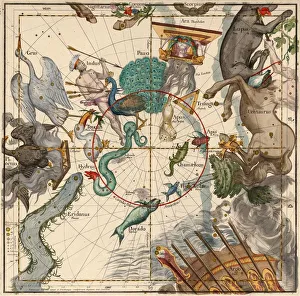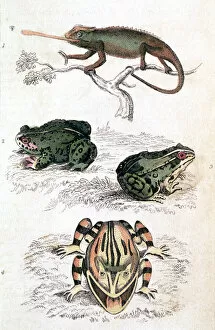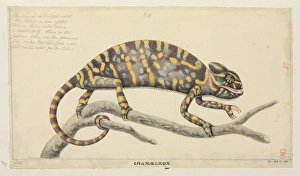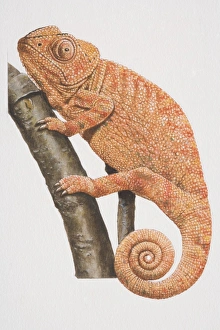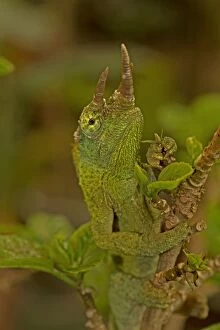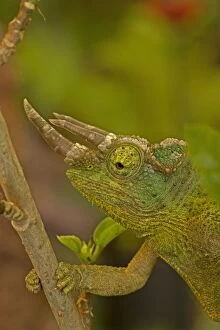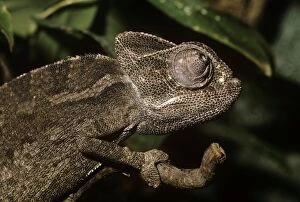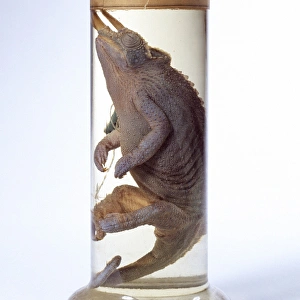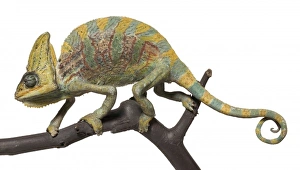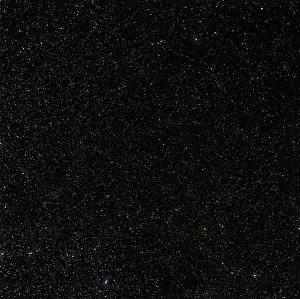Chamaeleon Collection
"Discover the World of Chameleons
All Professionally Made to Order for Quick Shipping
"Discover the World of Chameleons: From the Majestic Parsons Chameleon to the Colorful Panther Chameleon" Did you know that there are over 200 species of chameleons in the world? Among them, let's explore some fascinating ones like the Parsons chameleon (Calumma parsonii) and the Panther chameleon (Furcifer pardalis). The Parsons chameleon, with its vibrant green coloration and impressive size, is native to Madagascar. Its ability to change colors helps it blend into its surroundings while hunting for insects. On the other hand, the Panther chameleon showcases a stunning array of hues ranging from bright reds and oranges to striking blues and greens. Found in Madagascar as well, this species has become popular among reptile enthusiasts due to its captivating appearance. But let's not forget about our European friend, simply known as "Chameleon" (Chamaeleo chamaeleon). This unique lizard can be found across Southern Europe and parts of North Africa. With its distinctive cone-shaped head crest and ability to change colors based on mood or temperature regulation, it truly stands out in nature. In terms of habitat diversity, we find interesting associations between these reptiles and various plants such as stemless carline thistle (Carlina acaulis), teasel (Dipsacus fullonum), pale globe flowers, creating beautiful natural compositions. While often mistaken for one another due to their similar appearances at first glance, iguanas share some similarities with chameleons but belong to different families altogether. Fire salamanders also make up part of this diverse reptilian group. Let's take a leap into history now. In 1674 an astronomical work called "Globi coelestis in tabulas planas redacti descriptio" featured Plate 6 depicting South Pole constellations alongside illustrations including a representation of a chameleon. This shows the cultural significance of these creatures throughout time.


